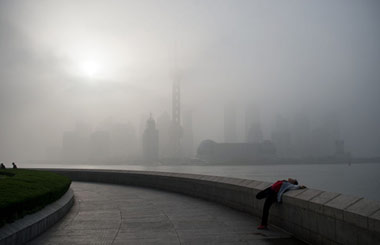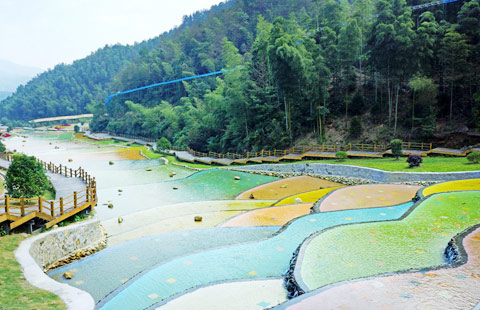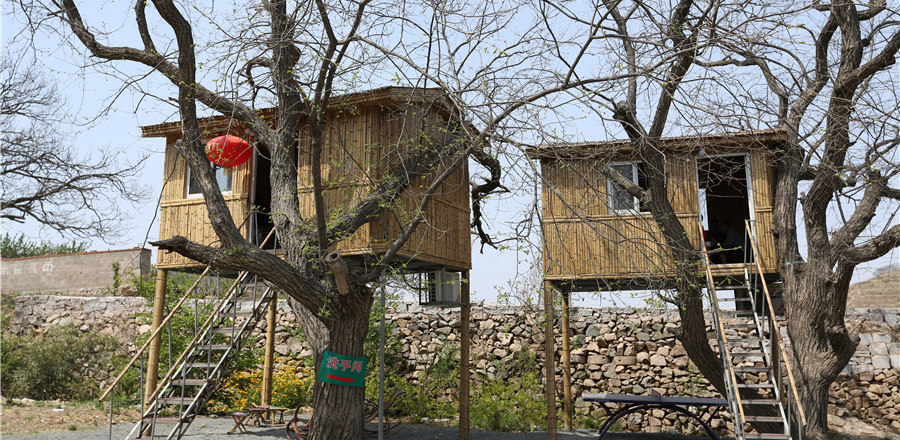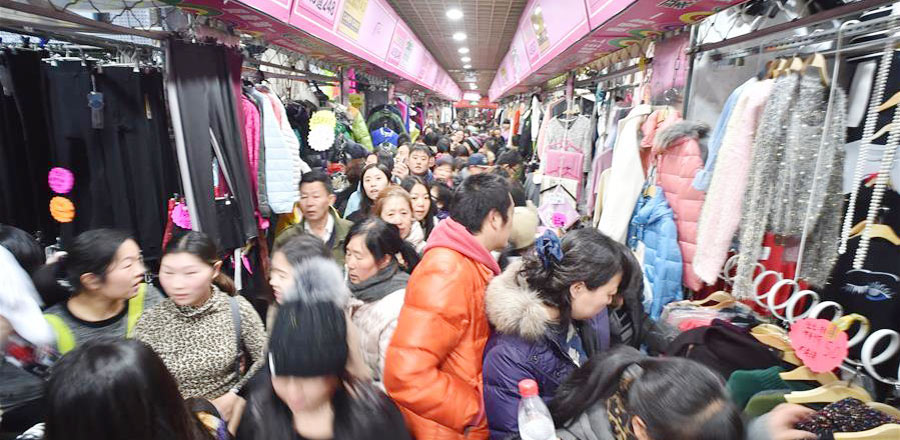
As many as 950 people, according to public broadcaster NHK, were injured in the quake and the aftershocks, more than 50 of whom are suffering with severe injuries.
Some 44,400 people were forced to evacuate their homes and take shelter in 500 temporary sites in the prefecture, Kumamoto officials said, with town authorities being forced to transfer their emergency operations headquarters to a temporary evacuation facility, as electricity has been knocked out by the quake, further compounding the unfolding crisis.
Prefectural officials said, however, that no abnormalities had been noticed at any of the nuclear facilities in the quake-affected areas.
Kyushu Electric Power Company said that its No 1 and No 2 reactors at its Sendai nuclear power plant in Satsuma-Sendai City, in the quake-hit prefecture, were functioning normally. The two are the only reactors currently online in Japan.
The majority of Japan's nuclear power plants remain offline for regular safety inspections and in the wake of the massive earthquake-triggered tsunami in March 2011, that pummeled the Daiichi nuclear facility in Fukushima Prefecture, in Japan's northeast, leading to the worst commercial nuclear crisis in history.
Japan's National Police Agency has sent 1,084 officers from 19 local police departments to the disaster-hit regions, while the Defense Ministry has deployed an emergency contingent of 1,600 SDF personnel to Kumamoto, mainly to Mashiki, where search and rescue operations are ongoing and teams are handing out emergency food and water to queues of people who have fled their homes, as well as providing emergency medical treatment to those in need on the spot.
Chief Cabinet Secretary Yoshihide Suga said a government team led by Fumiaki Matsumoto, senior vice minister of the Cabinet Office, is headed to Kumamoto to help provide support, with the power cut, affecting 14,500 households, gas supply fault, affecting 4,600, and some 25,000 households unable to receive water, needing immediate attention.
Kyushu Railway Company, known here as JR Kyushu, has suspended the operation of its Shinkansen bullet train services due to the multiple aftershocks, which saw one of its trains derailed. The train was out of service at the time and no one was injured as a result.
The transport ministry also said that traffic in the region has been widely disrupted as portions of the Kyushu Expressway and the Minami Kyushu Expressway have been closed. In addition, at least four flights to and from Kumamoto airport have been cancelled, with others being delayed, the ministry said.
The airport itself is located in the hardest-hit town of Mashiki.













